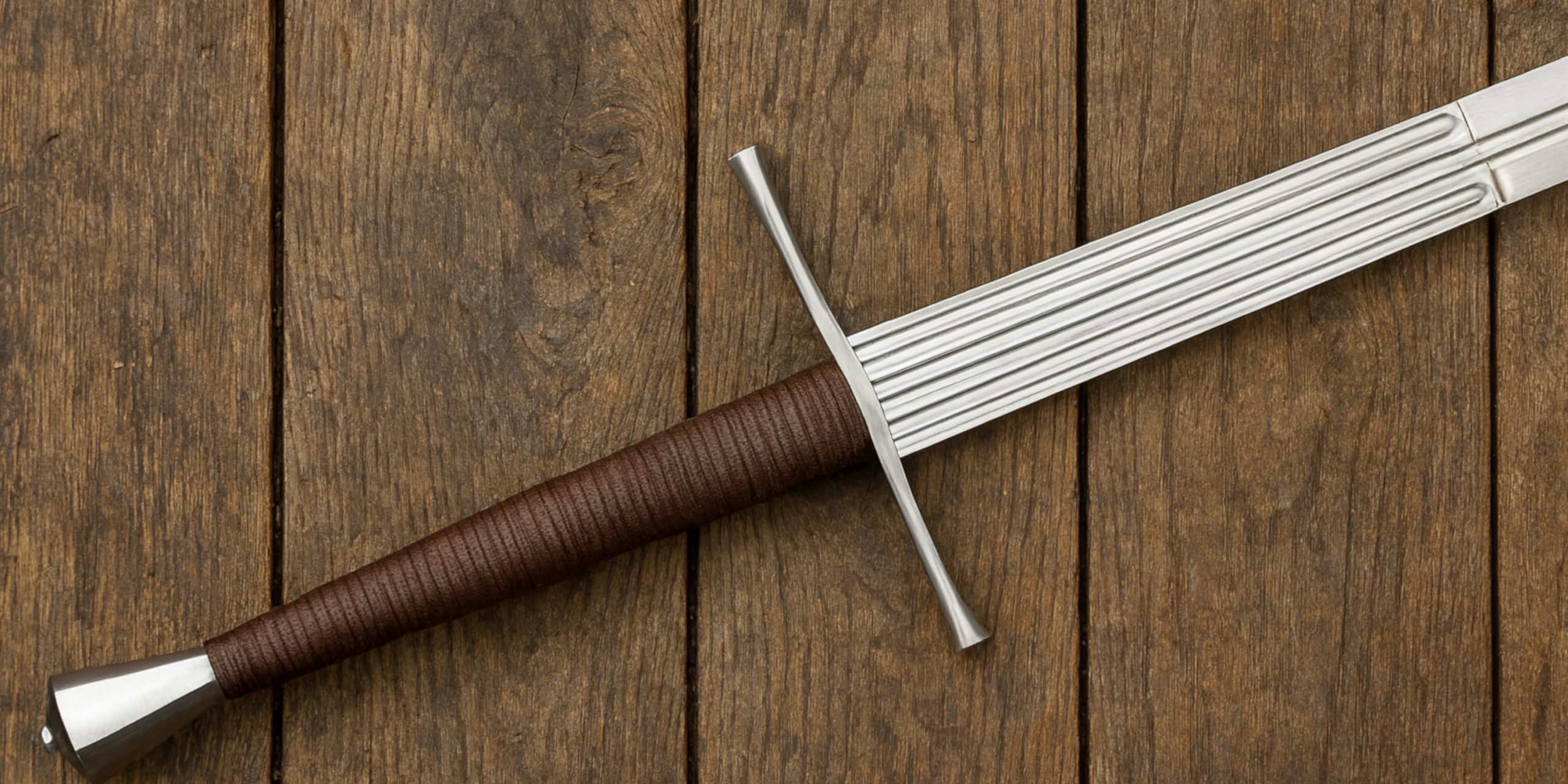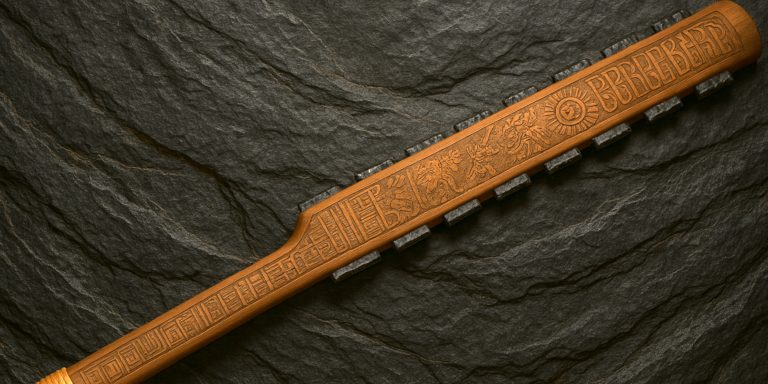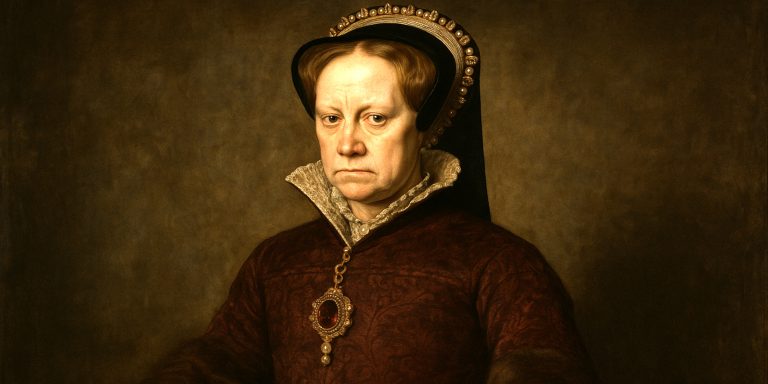
A Comprehensive Guide for Historians and Collectors
The Oakeshott Type XX is one of the more complex and late-evolving forms in Ewart Oakeshott’s typology of medieval European swords. Distinguished by its broad blade, multiple fullers, and impressive cutting power, this type reflects the transitional phase of late medieval weaponry in the 14th and 15th centuries. It bridges the gap between the earlier knightly arming swords and the fully developed longswords and greatswords of the Renaissance.
The Type XX was a weapon designed for powerful sweeping cuts while retaining the reach and control necessary for thrusting, especially in half-sword techniques against armoured foes.
Specifications
| Feature | Description |
|---|---|
| Period of Use | Late 14th to early 15th century |
| Overall Length | Approximately 110–130 cm |
| Blade Length | 85–100 cm |
| Blade Type | Broad, double-edged, with multiple fullers (usually three) running a significant portion of the blade |
| Cross-Guard | Straight or slightly curved, often of octagonal or rectangular section |
| Grip | Two-handed (longsword style), typically 20–25 cm |
| Pommel | Often of Type T or Type V (wheel or scent-stopper forms) |
| Weight | 1.4–1.8 kg on average |
| Primary Function | Powerful cutting and slashing; capable of thrusting |
| Material | High-carbon steel blade, wooden grip bound in leather or wire |
History and Evolution
The Oakeshott Type XX emerged around the late 14th century, during a time when plate armour was reaching its peak. Swords had to adapt: shorter single-hand weapons were less effective against armoured opponents, prompting the rise of longer, more versatile blades designed for leverage and control.
- Origins: Likely descended from Type XIIIa and Type XVIIIb swords, combining cutting power with improved thrusting geometry.
- Evolution: The three or more fullers were a technical innovation to reduce weight while maintaining rigidity, ensuring the blade remained both agile and strong.
- Geographical Spread: Found across Western Europe, particularly England, France, and the German states, often in the possession of knights or high-ranking soldiers.
- Combat Use: Favoured in late medieval warfare and duelling, where a combination of reach and cutting power was advantageous against mixed-armour opponents.
Advantages
- Versatility: Effective for both cutting and thrusting.
- Leverage: The long grip provided superior control and leverage for two-handed techniques.
- Weight Distribution: Multiple fullers lightened the blade without sacrificing strength.
- Aesthetic Appeal: Often finely balanced and decorated, reflecting knightly prestige.
Disadvantages
- Complex Construction: The multiple fullers required advanced forging skill, increasing cost.
- Less Effective Against Full Plate: Despite thrusting ability, it struggled against full Gothic plate armour compared to later thrust-optimised types.
- Size: Bulkier than single-handed arming swords, making it less practical for mounted combat.
Comparison with Similar Weapons
| Type | Key Difference | Combat Strength | Common Era |
|---|---|---|---|
| Type XIIIa | Broader blade, fewer fullers, earlier design | Strong cutter | 13th century |
| Type XVIIIb | More tapered, better for thrusting | Superior point control | 15th century |
| Type XXI | Later development, longer and thinner blade | Lighter, more agile | 15th–16th century |
| Type XX | Multiple fullers, balanced cut-and-thrust design | Excellent hybrid form | Late 14th–early 15th century |
Legacy
The Oakeshott Type XX marks the culmination of the medieval longsword tradition before the rise of Renaissance greatswords. Its design principles influenced later types that favoured lighter, more thrust-oriented blades, yet it remains a symbol of the knightly era’s emphasis on craftsmanship and battlefield versatility.
Today, it serves as an important reference point for collectors, historians, and swordsmiths interested in transitional forms between the high and late Middle Ages.
Where to See
- Royal Armouries, Leeds (UK): Several examples of late medieval longswords with Type XX characteristics.
- Metropolitan Museum of Art, New York: A Type XX sword with triple fullers attributed to the late 14th century.
- Wallace Collection, London: Notable for its beautifully preserved late-medieval longswords displaying similar typological traits.
Collector’s Guide
Rarity: High – authentic examples are scarce and usually in museum collections.
Market Value: Replica and antique values differ sharply depending on provenance, maker, and condition.
| Category | Description | Estimated Value (GBP) |
|---|---|---|
| Modern Reproduction (Functional) | Hand-forged by modern smiths (Albion, Peter Johnsson, Arms & Armor) | £1,000–£2,000 |
| High-End Replica (Museum Quality) | Custom builds with period-accurate fittings | £2,500–£5,000 |
| Authentic Example (Museum or Private Collection) | Late 14th–15th century originals, often fragmentary | £25,000–£80,000+ at auction |
| Decorative Replica | Non-functional, mass-produced | £200–£400 |
Auction Houses of Note:
- Bonhams (London)
- Hermann Historica (Munich)
- Czerny’s (Italy)
- Sotheby’s (historical arms auctions)
Collecting Tips:
- Verify authenticity through metallurgical testing and provenance documents.
- Pay attention to fuller count and pommel form, which confirm typology.
- Condition and original grip preservation significantly impact value.
The Seven Swords Takeaway
The Oakeshott Type XX stands as one of the most technically ambitious and aesthetically refined medieval longswords. It represents a turning point in European sword design, combining artistry and battlefield practicality. For modern collectors, it remains an object of fascination and a pinnacle of medieval craftsmanship.



